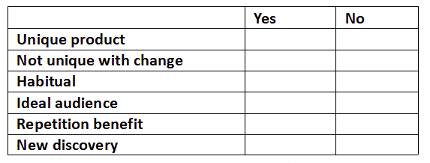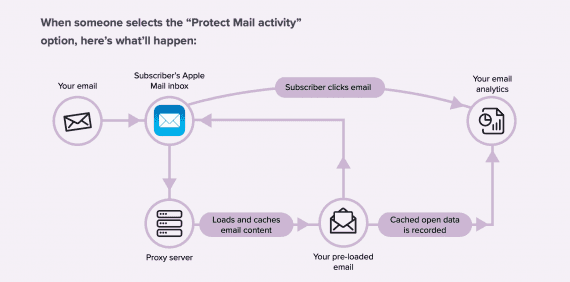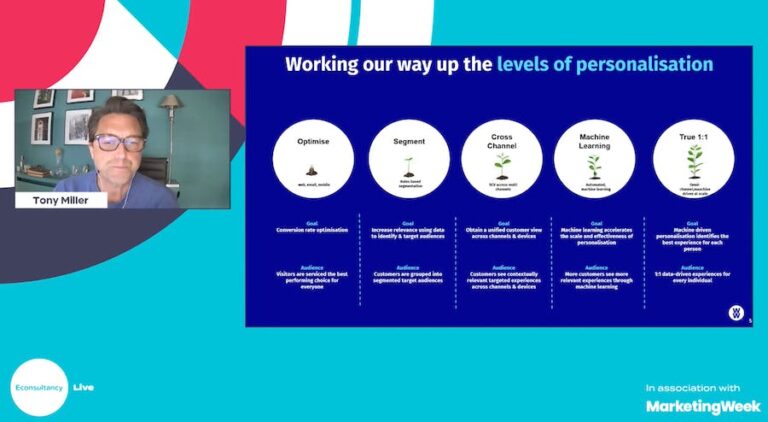
Ideal audience. Consider reusing the original influencer if he delivered your target audience, especially if you can get a price break. However, only work with influencers that can improve your chance of success.
This is “Part 7” of my influencer marketing series. I’ve covered what it is, why use it, setting relevant goals, picking the right channels, targeting influencers, and convincing those influencers to promote your product.
Revisions
Before moving forward with the influencer’s first promotion, make sure the basics are covered.
- Did the influencer tag your company or reference your URLs? Missing information is usually the big culprit here, such as neglecting to use your landing page URL or properly tagging the brand. This is almost always fixable.
- Is the influencer’s review accurate? Everyone loves glowing reviews, but they need to be grounded in reality. Be wary of outrageous claims and false advertising that might draw the attention of the U.S. Federal Trade Commission or other governing bodies. Factual, positive reviews are what you need.
- Did the influencer miss a key piece of the project? Mistakes happen, but you have a valid reason to request revisions if, for instance, you agreed to buy an Instagram story and were instead delivered a static image post. But an influencer providing an honest review that you disagree with is not grounds to request a revision.
Amplify
Unique product. Are you seeking new reviews of the same product? There are advantages to using the same influencer on a new (but related) product so long as the ideal audience is represented. An example is an influencer reviewing lipstick in the first review and mascara in the second. It builds brand affinity.
In this post, I’ll address how to analyze and utilize the work of your influencers.
- Retain an authoritative YouTube influencer to create a long, educational video.
- Dissect segments of that video into Instagram stories posted by aspirational influencers with a brief intro on how useful the product or service appears to be.
- Embed the original YouTube video in a series of relevant blog posts that also link to your brand, which helps with organic search rankings in Google and on YouTube.
- Use peer-level influencers from target buyer personas to tweet links to the blog posts and Instagram stories.
- Place an email capture form on your landing page that you push into an email drip campaign that intersperses product content with influencer testimonials.
- Repurpose the best social influencer posts into Twitter and Facebook ads, retargeting prospects that visited the site but didn’t purchase.
Subsequent Campaigns
Use a decision matrix to help decide whether to reuse an influencer in subsequent campaigns. Source: Intellifluence.

New discovery. This is related to your ideal audience. You may eventually find there are more and better buyer persona fits in the available pool of influencers. This requires an awareness of the evolving market for your products or services. If the pool of influencers targets roughly the same persona, there’s little benefit in switching. But if alternative influencers appeal to new, promising personas, make the change.
Repetition benefit. Some products and services are complex and involve multiple touchpoints from a prospect to close the sale. This tends to be industry-specific. If you’re selling a complicated item or deploying retargeting ads extensively, chances are there’s a repetition benefit, which means using the same influencers is likely helpful.
Merchants sometimes use influencers to drive awareness and demand. This type of compulsion marketing is often part of a broader campaign, with multiple influencer types, social ads retargeting, and drip email campaigns.
Habitual. Is the product purchased frequently (i.e., consumables such as food, drink, and cosmetics)? The more habitual the product, the more benefit in using the same influencers for branding.
Unique with change. Perhaps you are looking for reviews on the same product that’s been updated. The best influencers for this scenario are those that provided a neutral-to-unfavorable review, and you then incorporated their suggestions into the new iteration. There are no greater advocates than those who feel the brand listened to their feedback. In this instance, use the same influencer.
Inevitably you’ll need more campaigns, but the question is whether to use the same influencers. Solve the dilemma with a decision matrix.
You’ve hired your first influencer and have received a draft of her initial promotion, a review of your product for her social media followers.
In that scenario, an overall strategy could:






